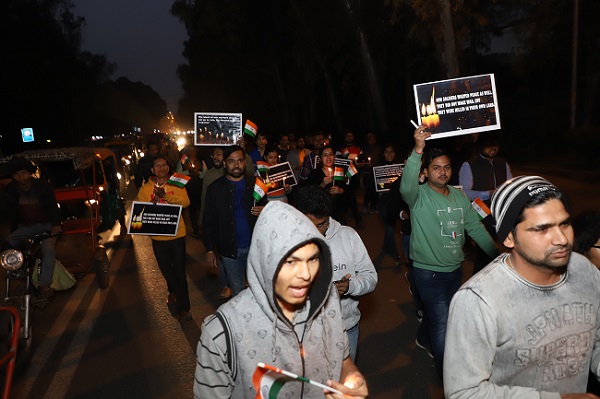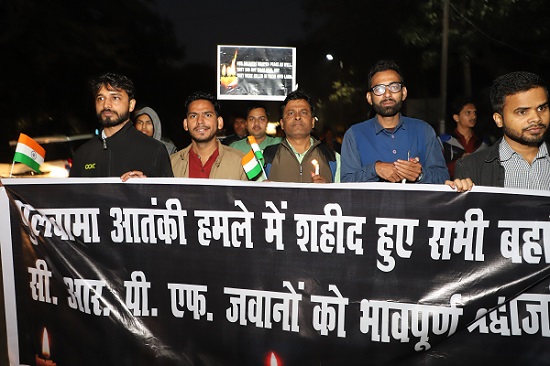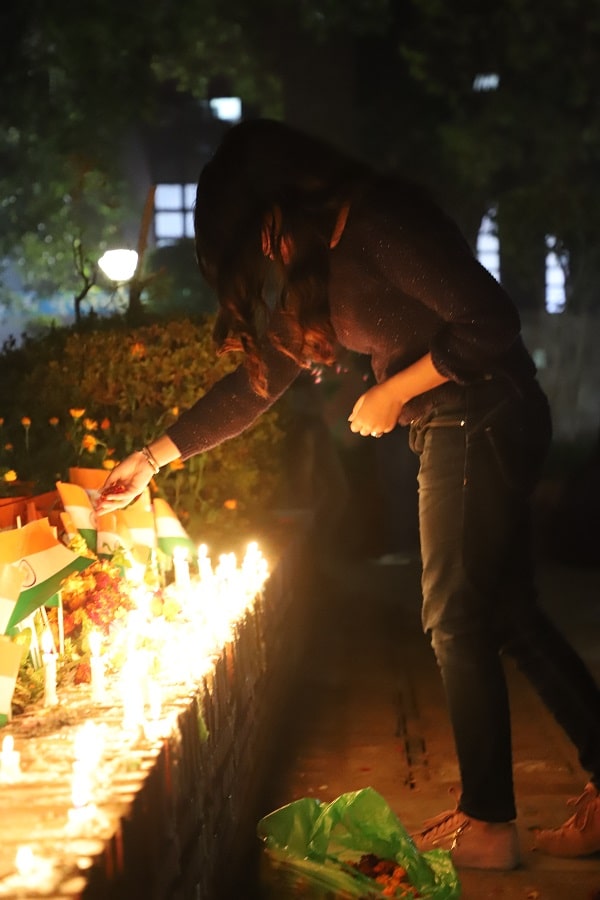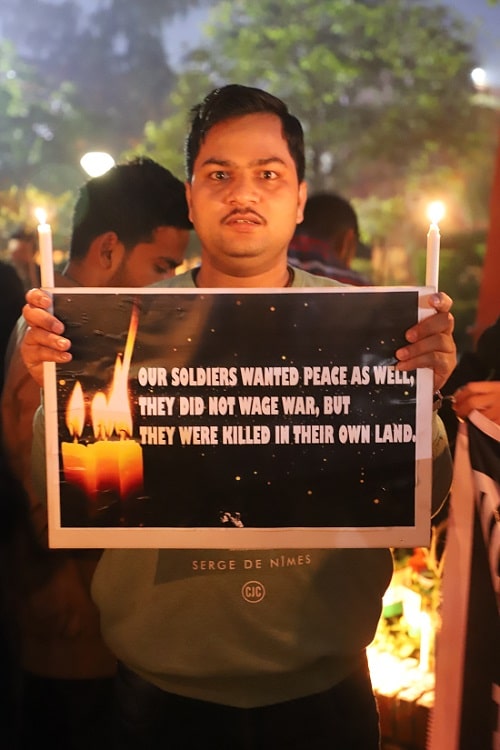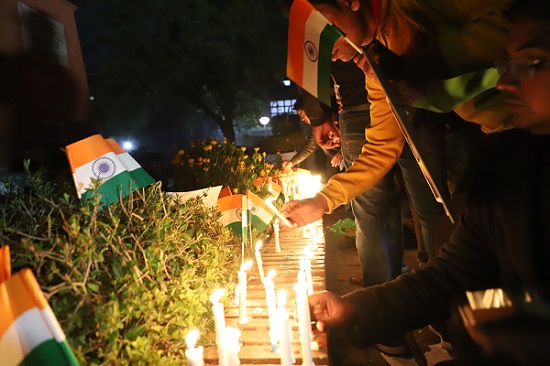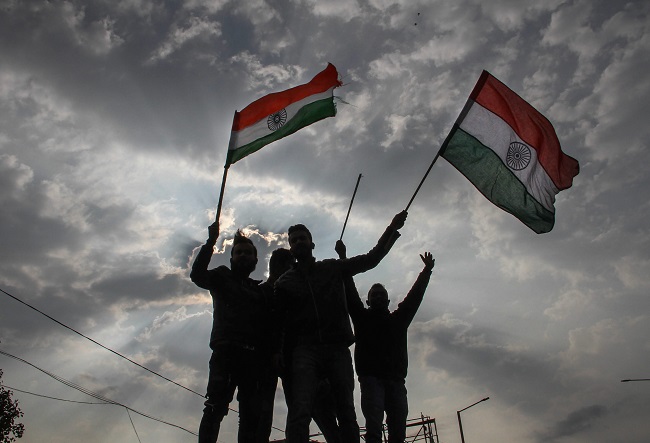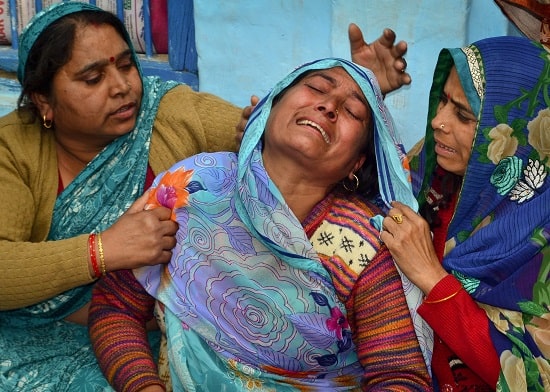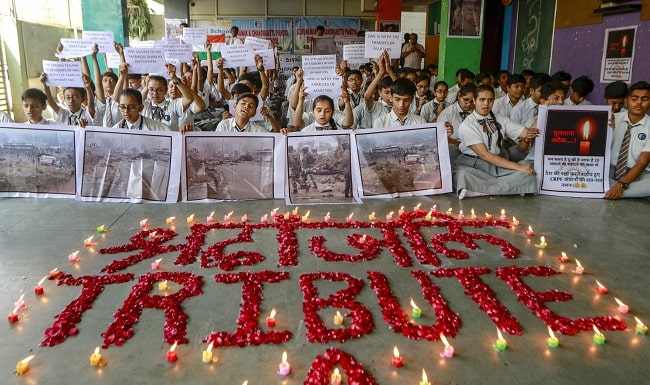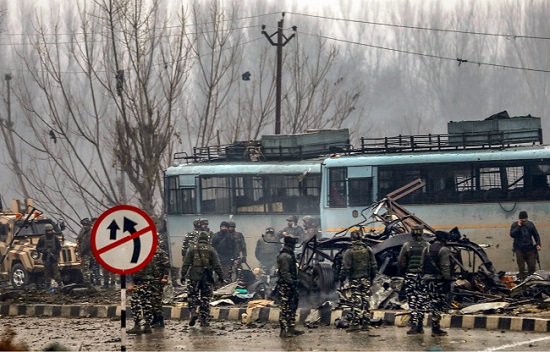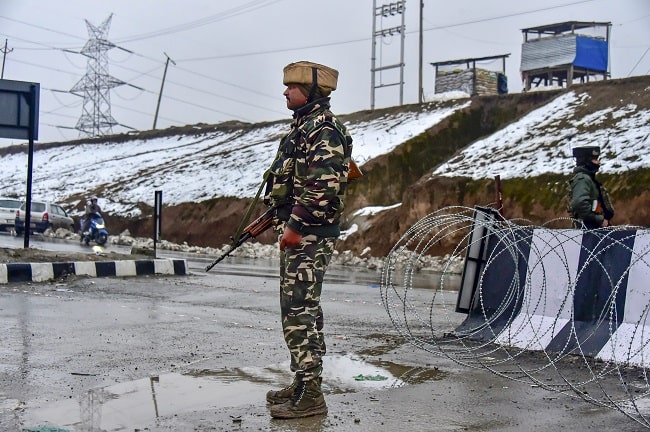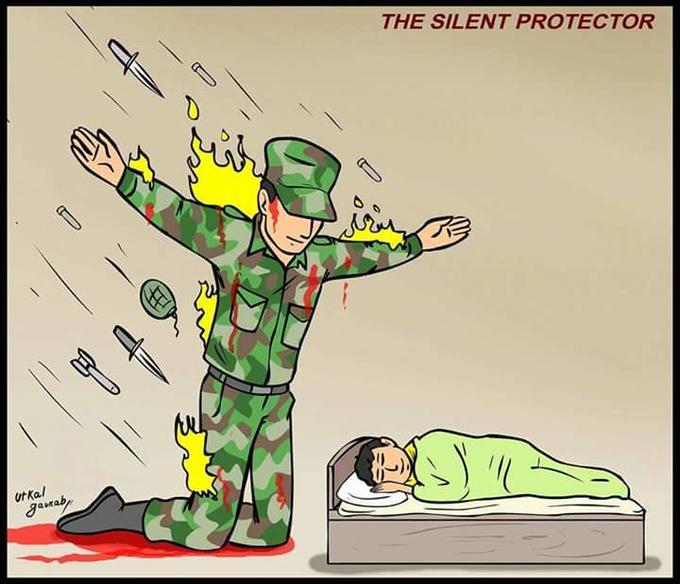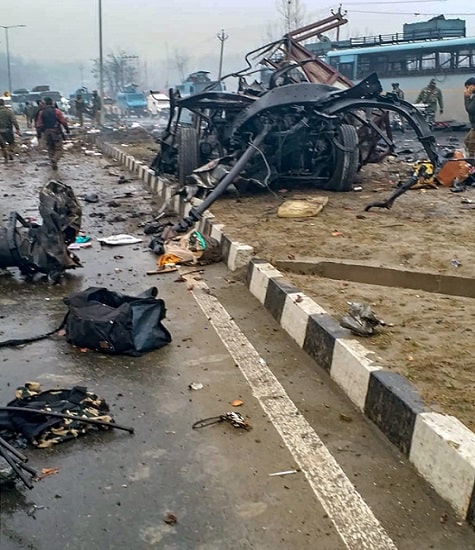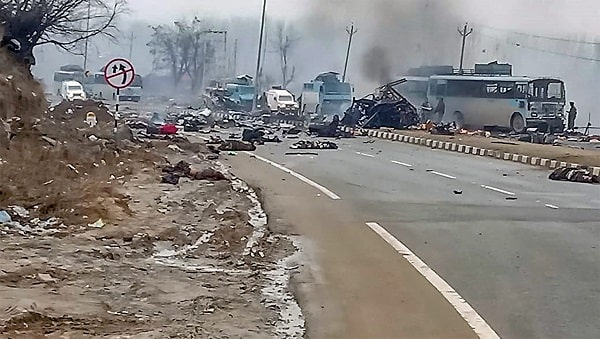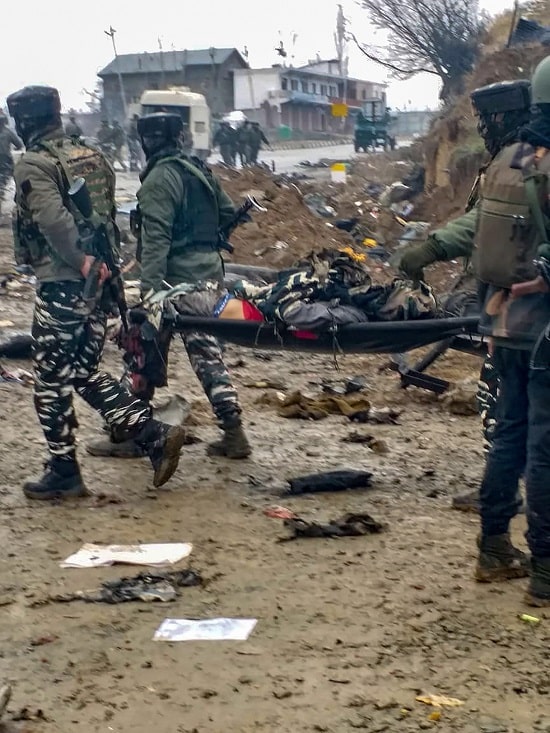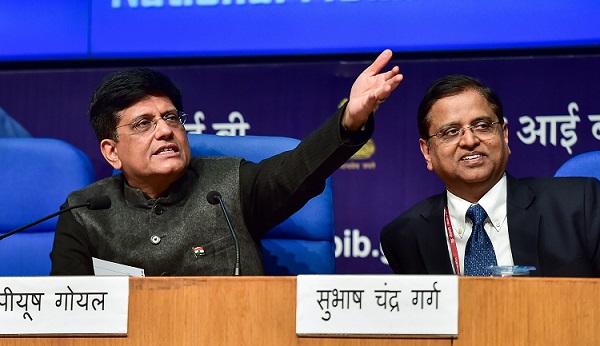Indian political
economy is at test. The Union Budget has caused discomfort in opposition ranks.
It has taken away the wind out of their sail as the government proposes income
guarantee and welfare of the most populous communities – farmers, labourers,
working class, the low-earners, and indicates more sops after polls.
Income guarantee is
a masterstroke as it keeps farmers out of the WTO ambit.
Has it turned the
opposition jittery? Is it not the reason for upping their ante? May be. More so
as the figures of total subsidies from food, urea, LPG, cotton procurement,
North-East industries and Jammu and Kashmir interest subventions are
continuously rising from Rs 2,24,428 crore in 2017-18 to Rs 3,34,234 crore in
2018-19.
The allocation for
scheduled castes’ welfare has also jumped to Rs 76,800 crore from Rs 49,177
crore in 2017-18 which is a Rs 27,623 hike. This is at a time when the
government claims that it has been reducing subsidies.
The railways for
long were used for populist purposes. The Modi government has carefully
showcased it through the Train 18 – semi superfast.
The budgetary
figures indicate that the railways are being given special attention. Its capital
outlay has seen whopping rise of Rs 72,407 crore from Rs 152,255crore in
2017-18 to Rs 224,662 crore. The total outlay increases by over Rs 115,810
crore. It means a lot and it touches almost all corners of the country.
The ruling NDA can
carefully use it for electoral campaign. The opposition has to work overtime to
negate these figures.
A careful rejig of
e-tail (electronic retail) rules is to help Indian businesses – a plus during
the poll time. The new policy puts a series of curbs on how the world’s giant retailers
Amazon India and Flipkart operate —
restricting discounts, now ownership in sellers on the market place platform
and disallowing exclusive product launches – forcing them restructure operation
to take a hit on sales.
The grand swadeshi
move has led to $50 billion market value loss in the global equity market for
the US giants – Walmart and Amazon, which owns 77% stake in India’s online
retailer Flipkart.
A quiet Indian move
that saw the two giants committing less investment in the Indian market as
their business saw a slower growth.
The figures are
spread to various heads and the ruling combine is likely to make a kill during
the campaign. The opposition has reason to feel jittery.
So is not there
anything for bashing the NDA? There are many but the recent offers of sops
would not make it easy to counter these. Jobs are definitely one. Unemployment
in 2017-18 was a 45-year high of 6.1%, says the labour survey of the National
Sample Survey Office against 2.2% in 2011-12. It was higher in urban areas at
7.8%. That is the BJP’s major support base. In rural areas it is 5.3%.
A major job crisis
is reflected as over 6% more people have been found to be displaced from jobs
since 2011-12 and 10% since 2004, the NDA-I.
This shows that
proportion of people in the 16-64 age group have less chance of having a job,
technically signified as fall in labour force participation. In 2004, labour
force was 43%, in 2011 this shrunk to 39.5% and in 2017 to 36.9%.
The Centre for
Monitoring the Indian Economy (CMIE) shows job deterioration throughout 2018,
when 11 million jobs were lost – 7.4% unemployment till December 2018. The
figures suggest that job crisis has persisted during the UPA and despite
promises NDA could not check it.
The overall
investment rate has also come down. Bank credit growth is slow. The employment
is falling. The stark question is how India would be able to maintain 7% growth.
The GST has created
a pan-India market. It looks good but it has also hit many small businesses
that could survive on tax avoidance.
Demonetisation also
caused loss of jobs and slowing down. But the subsequent poll results right
from UP in 2017 to MP in 2018 does not show much loss of votes for the BJP.
While should not make the BJP complacent, it has also little logic for the
opposition to be buoyant unless they play deftly.
What can hit the
BJP are some no-traditional aspects that nobody has taken note of. In the rural
areas, major criticism of the party is not so much on job losses but imposing
of various cess from petrol, tolls on roads, city entries, junking of
ten-year-old vehicles as per NGT orders and post-demonetisation “scrutiny” by
the income-tax department (I-T).
Despite income
guarantee now, farmers are not getting remunerative prices. The LPG price
increases has hit the rural hearth. The slowdown of the real estate sector has
hit many supportive industries like brick kilns. Even NGO work has been hit by
imposition of GST on their donations. These are raising discontent at the
minutest levels.
The issues could be
cashed by the opponents. The people are wondering why the government did not
take note of these issues.
The I-T can become a major issue as there is
six-fold increase in scrutiny – from the 20,088 cases in 2017-18 to 134,574
cases as per finance ministry data. Majority of these are for I-T returns of
2015-16. It has hit many marginal farmers.
Separately,
2,99,937 notices were sent by the department during 2017-18 to those who
deposited large sums during demonetisation but did not file income tax returns,
There is a cry that
rent-seeking has increased. A progressive society lets the people move freely.
But tax shackles are causing harassment. The Modi government has done well in
freeing those earning upto Rs 5 lakh from the I-T net.
It needs to
consider I-T abolition in its manifesto. It would save the people from tax
terror as also increase essential money flow into the economy.
The path to the
elections is interesting. It is a major social churning. The emerging
Mahagathbandhan and NDA are poised to woo the voters with easing of the
economy. Brain wracking for a new economy would continue.
